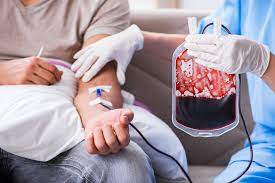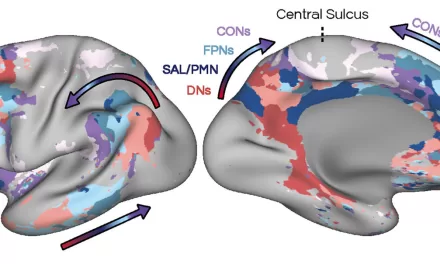A groundbreaking study published in the journal Nature Communications has revealed a significant genetic factor contributing to the increased risk of low birth weight in babies born through assisted reproductive technologies like in vitro fertilization (IVF). Led by a team of scientists from Vrije Universiteit Brussel (VUB) in Belgium, the research marks a critical step in understanding the underlying causes of low birth weight in IVF babies, paving the way for improved assisted reproductive technology (ART) treatments.
While previous studies have attributed low birth weight to treatment-related factors, this study represents the first identification of an underlying genetic cause. Focusing on the DNA of babies born from both spontaneous pregnancies and fertility treatments, the researchers discovered that certain mutations in mitochondrial DNA were associated with a higher risk of low birth weight, with these mutations slightly more common in children born after fertility treatment.
Mitochondria, often referred to as the “energy factories” of cells, play a crucial role in cellular function and are inherited maternally. Malfunctioning mitochondria can lead to various health issues, including cardiovascular disease and diabetes. The study found that mutations in mitochondrial DNA contributed to the increased risk of low birth weight, irrespective of whether the pregnancy occurred naturally or via fertility treatment.
To ascertain the transmission of these mutations from mother to child, the researchers analyzed the DNA of mothers, revealing that children born after fertility treatment exhibited more new, non-transmitted mutations compared to babies conceived naturally. This suggests a potential link between hormonal stimulation used in fertility treatments and mitochondrial mutations.
Professor Claudia Spits, lead researcher at VUB, highlighted the findings regarding oocyte quality and hormonal stimulation. “The risk of mutations in the oocyte’s mitochondrial DNA increases with age. During a normal cycle, mechanisms exist to remove mutated oocytes and select only healthy cells. However, with hormonal stimulation to boost oocyte production, this mechanism is switched off and mutated oocytes are released,” explained Spits.
Moving forward, the team plans to conduct further studies to refine these findings. However, the insights gained from this research can already be applied to ART treatments to mitigate the risk of mitochondrial mutations in oocytes.
“It appears that the larger the number of oocytes obtained after hormonal stimulation, the higher the chance of mutations. In the future, we can pay more attention to achieving a proper balance between an adequate oocyte yield and minimizing the risk of mutations,” said Spits, emphasizing the potential for tailored approaches in fertility treatments to optimize outcomes for both mothers and babies.












